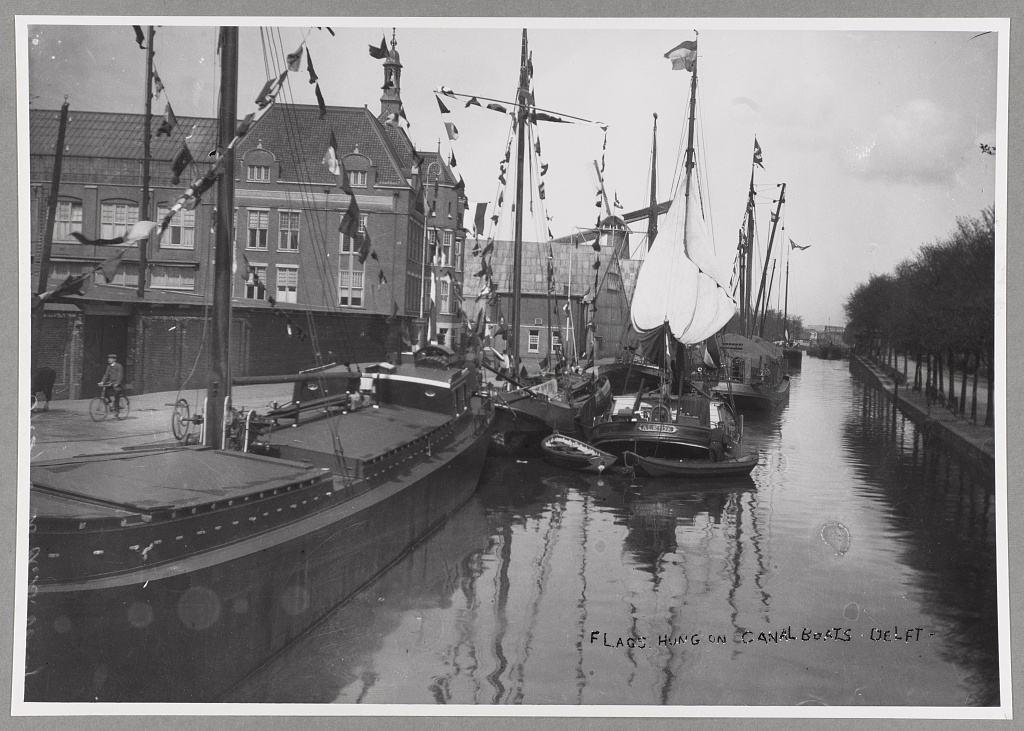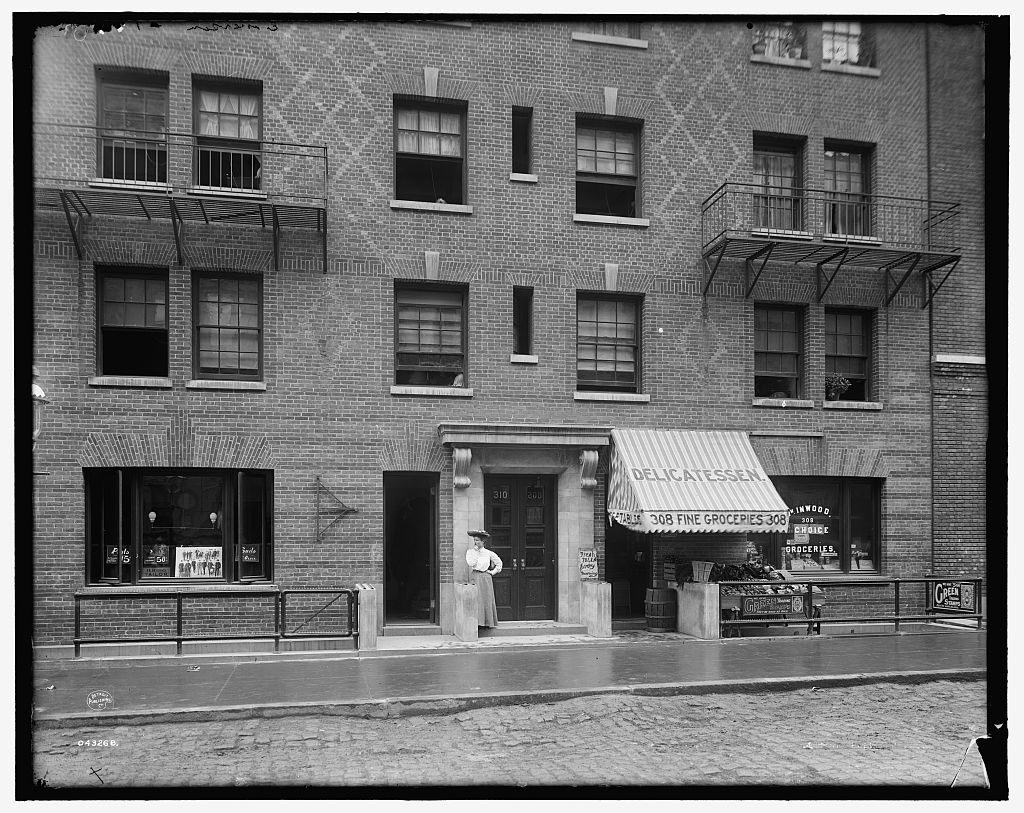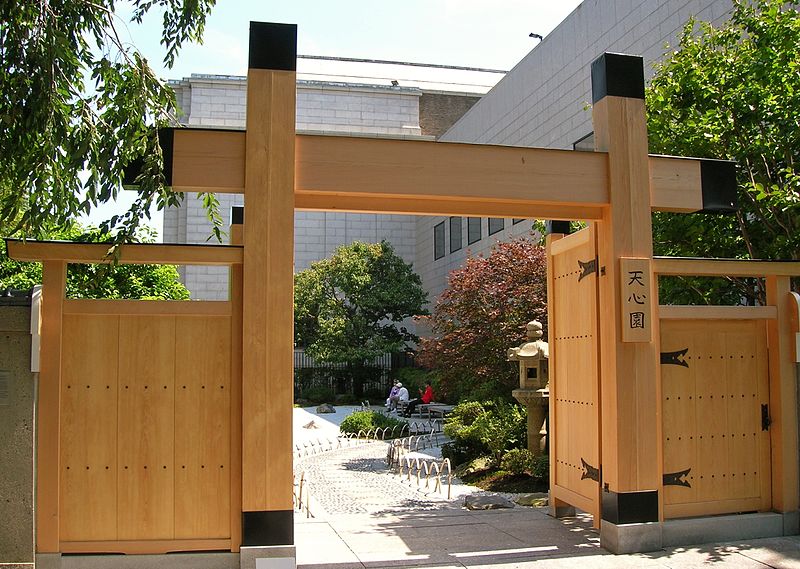
Check out the video for Weval – Someday put together by Páraic Mc Gloughlin. The lightning fast rate of imagery, each set based around a common characteristic, is a neat look at the built environment. Patterns Patterns Patterns.
Christopher Samuel designed a hotel room built to frustrate to highlight the accessibility issues inherent in the private built environment. Available for rental at the Art B&B in Blackpool, England.
This work reminds me a bit of a house built to the specifications of Madeline Gins and Arakawa profiled in this 2008 New York Times article. In this case the goal was to make the occupant uncomfortable to ward off aging and death. There is a thin line between a challenging environment and an inaccessible environment.
69 Bravo is a privately owned helicopter service station located in the Santa Monica Mountains built to support fire fighting activities. I don’t think you’ll find infrastructure like this in city simulators or planning textbooks.
Deep Dive Article of the Week: Bloomberg profiles Star Wipers, a recycling success story. As the tariffs between the USA and China have developed over the past few years, it’s been interesting to see how many building products were impacted especially in the hardware and lighting space.





